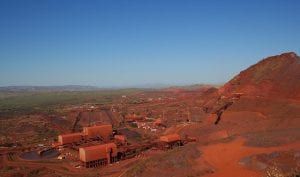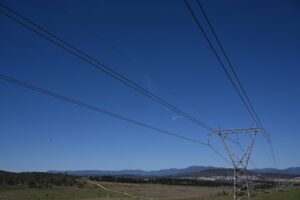The Australian Bureau of Statistics might not win first prize in a graphics competition, but they do have some compelling data.
One piece that leaped out at us yesterday was this graph about the amount of electricity use per household in Australia over the last 10 years: according to the ABS, it has fallen a whopping 23 per cent.
There might be a bunch of reasons for that – more energy efficient devices that more than offset an increase in the number of said devices, better awareness of energy conservation, and more recently the big push into domestic household consumption. Even with the increase in population, total electricity use fell by 9 per cent. Even gas consumption per household fell by 15 per cent.
Both electricity (93 per cent) and gas (74 per cent) have experienced huge increases in prices over the last decade – something that Environment Minister Greg Hunt may wish to avoid next time he claims that there is no link between rising prices and declining energy use.
Just over the last three years, Australian households are using 12 per cent less electricity than they were three years ago, but they are using four per cent more energy overall – that is if gas, petrol, diesel, LPG, solar and wood are also included.
Household energy use accounted for 1,041 PJ, or 25 per cent of total domestic energy use in the country. The biggest energy item consumed was petrol (47 per cent), followed by electricity (20 per cent) and natural gas (15 per cent).









